Pool Water Chemistry: Understanding and Maintaining Water Quality

Pool Water and Its Chemistry
Water, as we know, is a simple compound of hydrogen and oxygen, represented by the formula H₂O. In pools, we are particularly concerned with the materials, salts, or microorganisms dissolved in it, which influence its various states.
In this chapter, we aim to explain, as simply as possible, certain chemical terms, so that anyone can intervene and improve the quality of the pool water. The factors that can affect the quality of pool water are as follows:
A. pH
The pH is an indicator that characterizes water as either acidic or alkaline. It is a positive number that ranges from 0 to 14. Neutral water has a pH value of 7.
Water with a pH value below 7 is considered acidic, while water with a pH value above 7 is considered alkaline.
Low pH – Acidic Water
Acidic water causes damage to the internal lining of the pool, grout, concrete, and metal parts of the equipment. It also leads to the formation of undesirable compounds that irritate the mucous membranes, the eyes of swimmers, and sensitive areas of the skin, while also causing the traditional chlorine smell in pools.
Thus, complaints from swimmers about over-chlorination of pool water should not be attributed to an excessive amount of chlorine, but to the formation of undesirable compounds due to the presence of small amounts of chlorine combined with a low pH value.
High pH – Alkaline Water
Alkaline water reduces chlorine's effectiveness. For example, when the pH is 8, only 20% of the chlorine is active. If the pH reaches 8.4, the free chlorine approaches zero. This means that no matter how much chlorine is added to the pool water, if the pH is 8.4, it will not have any bactericidal effect.
Additionally, there is a buildup of salts (calcium, magnesium) inside the pool, cloudiness caused by insoluble calcium carbonate particles, reduced filter life, and eye irritation.
B. Alkalinity
In addition to other dissolved substances, water contains alkaline particles. Their quantity depends primarily on the water source, i.e., the quality of the water used to fill the pool. The ideal alkalinity level for a pool is 100–150 ppm (parts per million).
With low alkalinity, the pH fluctuates greatly, making it difficult to regulate. This can cause damage and stains to the pool lining.
With high alkalinity, it becomes difficult to maintain the pH within the correct range, and there is also a risk of salt deposits on the pool lining.
C. Water Hardness
Water hardness depends on the amount of calcium and magnesium in the water. It is measured in ppm or in French degrees (°F), where one French degree is equivalent to 10 ppm.
-
150–200 ppm: Medium hardness, desirable for pool water
-
50–100 ppm: Relatively soft water
-
200–300 ppm: Hard water
High water hardness leads to salt deposits inside the pool and on the filter media, causing it to solidify.
D. Total Dissolved Solids (TDS)
TDS measures the total amount of solids dissolved in the water and is expressed in ppm.
When TDS exceeds 3,000 ppm, it is recommended to replace the pool water.
E. Algae
Algae are microscopic aquatic plants, usually green or brown in color. They first appear as green or brown stains on the bottom of the pool, especially on tile grout. If not addressed early, they grow rapidly, making the pool floor and walls slippery and turning the water green.
They can be treated by adding algaecide.
F. Dissolved Metals
Metals in small quantities are not dangerous to health but can reduce water clarity and cause discoloration.
The most common metals found in pool water are manganese, iron, copper, and zinc. The color caused depends on the specific metal (e.g., black, brown, or green stains).
If metals are present in the water, they oxidize when a chlorine shock treatment is applied. They are then captured by the filter or settle to the bottom, where they can be removed by vacuuming.
G. Bacteria and Viruses
Bacteria and viruses enter pool water from swimmers and the surrounding environment. They can cause anything from minor to serious infections if basic maintenance rules and chemical usage guidelines are not followed.
H. Pool Water Testing
To prevent problems and ensure a consistently enjoyable pool experience with crystal-clear and hygienic water, it is essential to regularly test water quality and record the measurements and chemical quantities added.
In all pools, whether large or small, chlorine and pH levels must be checked. A test kit is used for this purpose.
The water sample should be taken at a depth of 20–30 cm and away from the pool's return inlets. The best times to conduct tests are in the evening, before adding chemicals, and in the morning, to ensure the water is safe for swimming.
How to Use a Test Kit
-
Rinse the two test tubes with pool water, then fill them with water collected from as deep as possible.
-
Add five drops of the white liquid to the left tube to measure chlorine and five drops of the red liquid to the right tube to measure pH.
-
Compare the color of the liquid in each tube to the scales on the kit. The chlorine level should be between 0.5–1, and the pH level between 7.2–7.6.
If the readings fall in the middle range, the levels are normal. If the chlorine reading is pale yellow, you need to increase the chlorine dose; if it is more intense, you need to decrease it.









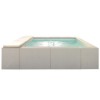
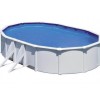
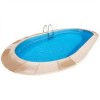
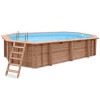
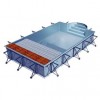
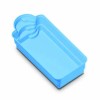
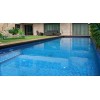
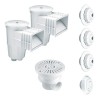


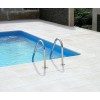
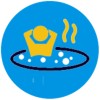
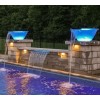

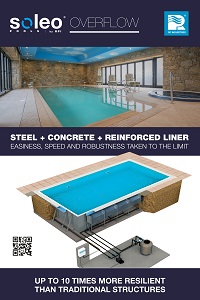
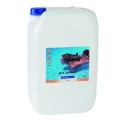

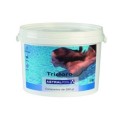

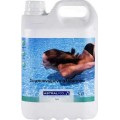
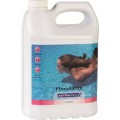
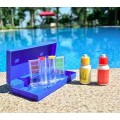
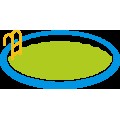
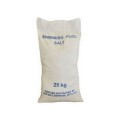

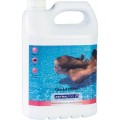
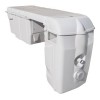
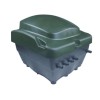
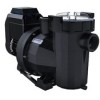
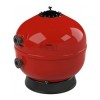
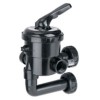
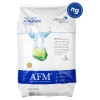
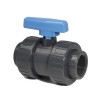
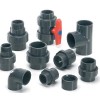
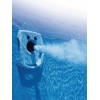
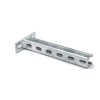
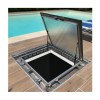

-100x100w.jpg)
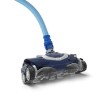
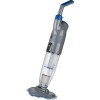
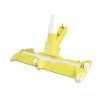
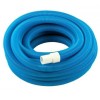
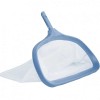
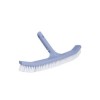
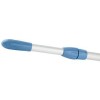
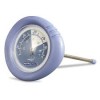
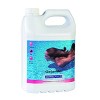
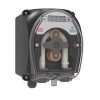
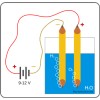
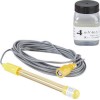
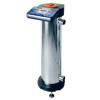

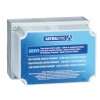
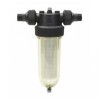

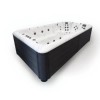
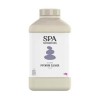
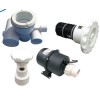

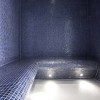
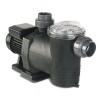
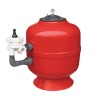
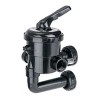
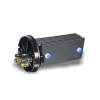
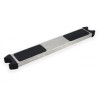
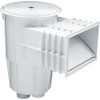
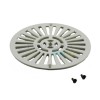
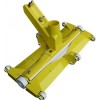

2 Comment(s)
Έχετε μετρητή για το ph και το χλώριο
Τιμές για χλώρια πισινας
Leave a Comment